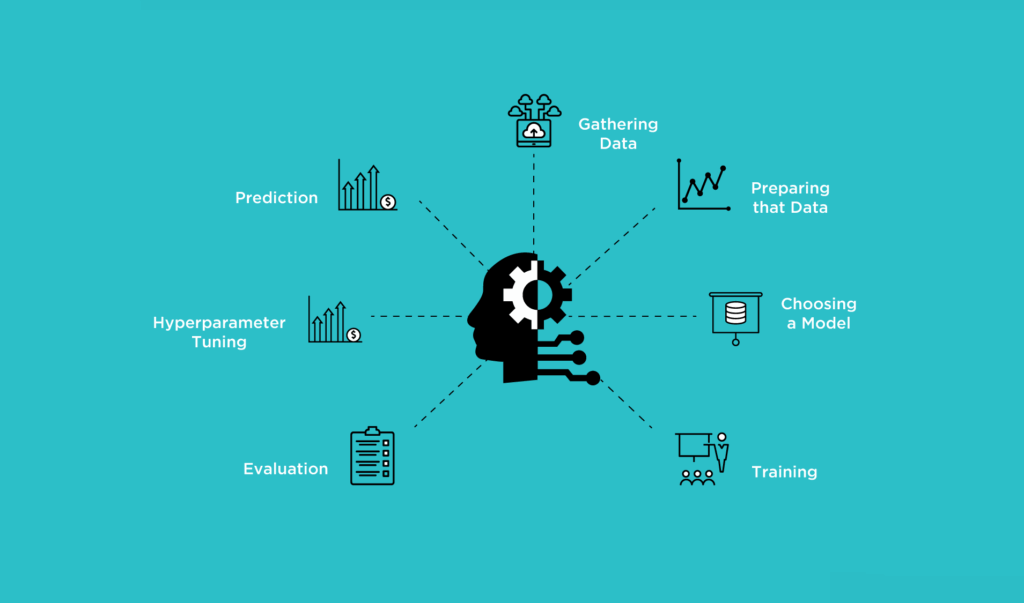

Proper governance requires choosing an fiduciary framework.
The Treasury Bank leverage ISO/IEC 42001:2023 to create proper AI governance programs.
This standard includes:
- AI Management System (AIMS): The standard assists organizations in developing, providing, or using AI systems responsibly, in line with their objectives and applicable requirements, obligations related to interested parties, and expectations from them.
- Scope and Applicability: It defines the scope and applicability of the standard, as well as the terms and definitions used.
- Context of the Organization: This includes understanding the organization and its context, the needs and expectations of interested parties, determining the scope of the AI management system, and establishing the AI management system.
- Leadership and Commitment: This involves leadership and commitment, policy, roles, responsibilities, and authorities related to the AI management system.
- Planning: Addressing risks and opportunities, establishing objectives and plans, and managing changes related to the AI management system.
- Support: Providing resources, competence, awareness, communication, and documented information related to the AI management system.
- Operation: Involves planning and control, design and development, procurement, operation and maintenance, monitoring and evaluation, and improvement of AI systems within the AI management system.
- Performance Evaluation: Monitoring, measurement, analysis, evaluation, internal audit, and management review of the AI management system.
- Improvement: Involves addressing nonconformity and corrective action, continual improvement, and learning and innovation of the AI management system.
- Ethical Principles: It includes principles of AI ethics such as fairness, accountability, transparency, privacy, security, human dignity, human agency, and social and environmental well-being.
Automate Actions
This functionality allows you to combine and perform several actions at the same time, be especially useful when performing repetitive operations.
Automated Reports
The goal of this functionality is to provide the ability to create custom reports to any entity in the application and select any data.
Our Administration can requests are received to make a selection from several entities at the same time and display data, or to make summary report that displays data in a given format. All these tasks will help to solve any reporting issues.
API
Our administration interact with the site and use available methods: user registration, adding, retrieving, update and delete records.
Where and how to use the API
- When client registering on Treasury Bank Portal
- When client creating order, part of the data is insert to Treasury Bank Portal for the reporting.
- Displaying data for some of the public data from a report.
- Integration with third-party services. Selecting data from the database and display it using a third-party service in real time.






